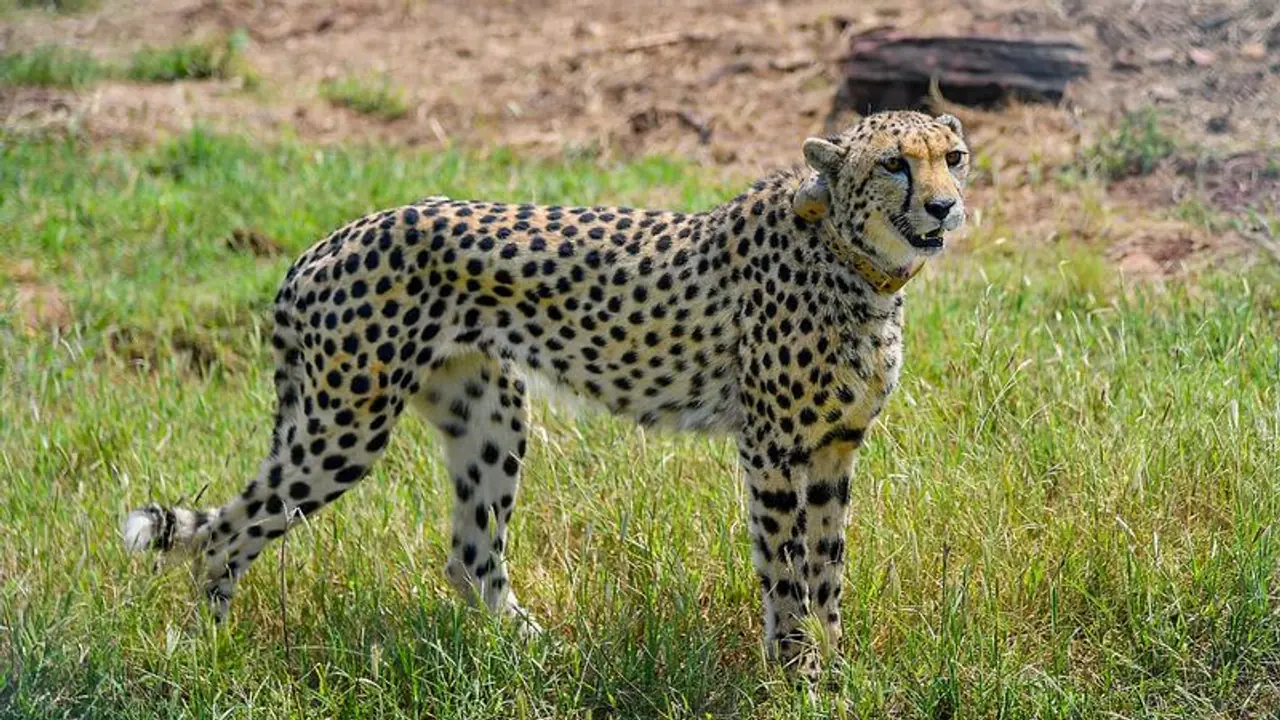Prime Minister Narendra Modi, who is celebrating his 72nd birthday, released three cheetahs in quarantine enclosures of the Kuno National Park in Madhya Pradesh.
After more than 70 years, India has successfully brought home the cheetahs, a feline that went extinct in 1952. Years of efforts by multiple stakeholders, including several wildlife experts, scientists, forests officials and, of course, the Indian government, has what made September 17, 2022, go down in the glorious history of India as the first batch of African cheetahs were successfully translocated from Namibia to India today.

Also read: 8 Cheetahs walk on Indian soil again: PM Modi releases the big cats in Kuno National Park
A total of eight Namibian cheetahs arrived at their new home in Madhya Pradesh's Kuno National Park in the Sheopur district; a special cargo flight that carried them from Namibia arrived at the Gwalior airport on Saturday morning. From here, the cheetahs -- five females and three males, were further translocated to Kuno via India Air Force's chopper, Chinook.
These eight fastest-running mammals on earth, and another dozen arriving next month from South Africa, will once again be seen prowling in the Indian jungles. They would be the ones who will help the population of cheetahs flourish in the wild once again in India.
Now that the cheetahs are here, would they immediately be released into the wild? No! Before they discover a territory of their own in Kuno, they would have to spend a long time in their enclosures, where they will be thoroughly examined for 24 hours until they acclimate to their new environment here.
According to a source who is a part of the cheetah re-introduction project, there is no fixed timeline for when the cheetahs will be released in the wild. "Upon their arrival they would be quarantined in their enclosures. A week or two later, they would be moved from small to the big enclosures," says the official on the condition of anonymity.
From a few weeks to maybe a month or more, the cheetahs would be released in the wild only after a team of scientists from the Wildlife Institute of India (WII), experts, and veterinarians would deem it to be for.
"The feline will be under 24-hour supervision with their enclosures installed with CCTV cameras. All the eight cheetahs will be fitted with satellite collars, with men keeping a watch on them 24*7. As far as how soon they would be released in the wild, it all boils down to how well they acclimatize to the environment and whether the WII scientists consider it fit to do so or not. The big cats might be released after a month or two," the source added.
He further said that the male cheetahs would be released first, after which the females would be released. "To be on the safer side, there are chances that a pair might be kept in the enclosure for a longer period while the others are released in the wild. Males would be released first so that they can set out in the wild, understand their prey base, discover their territories and eventually settle in the wild."
